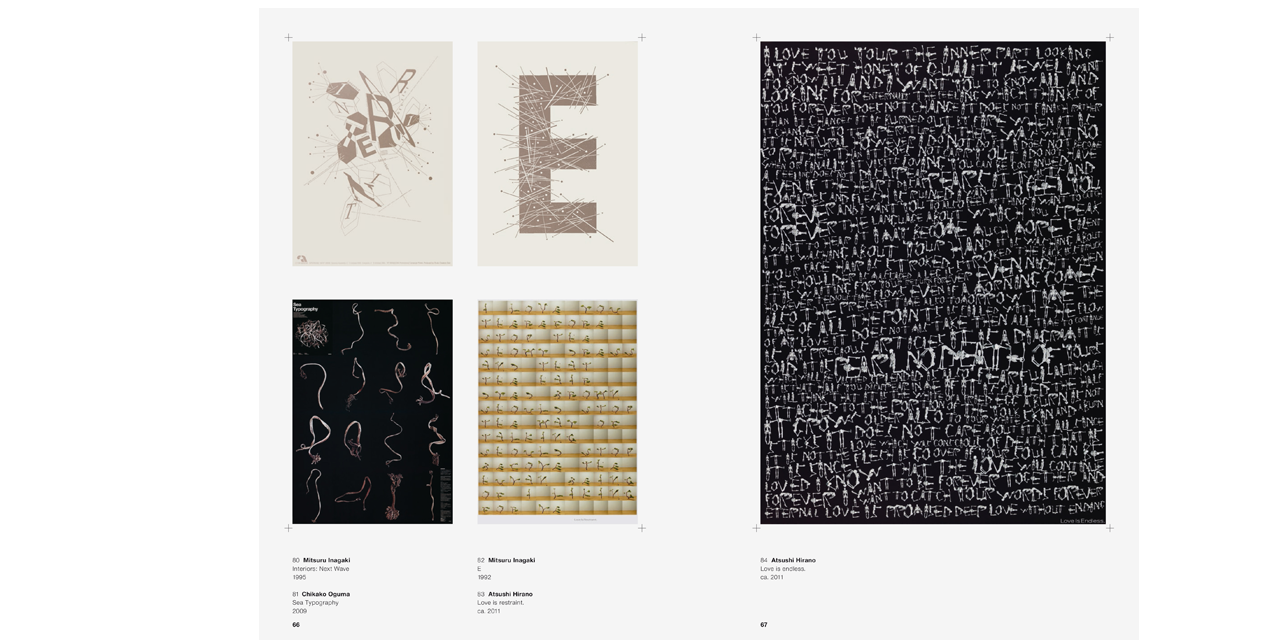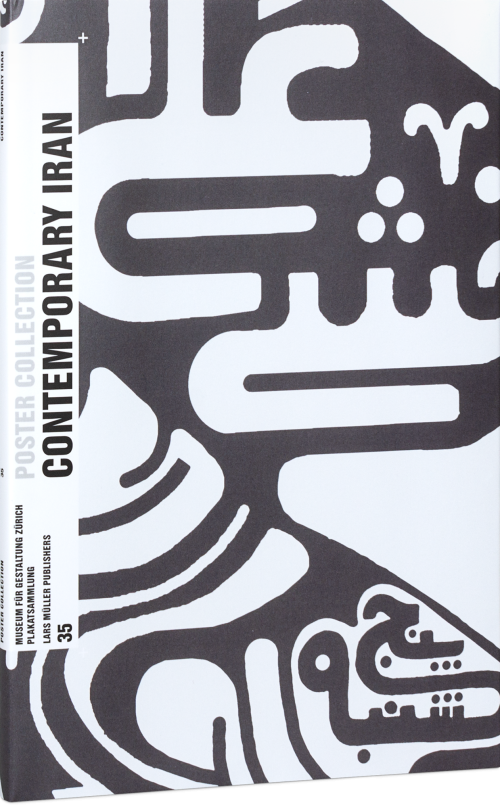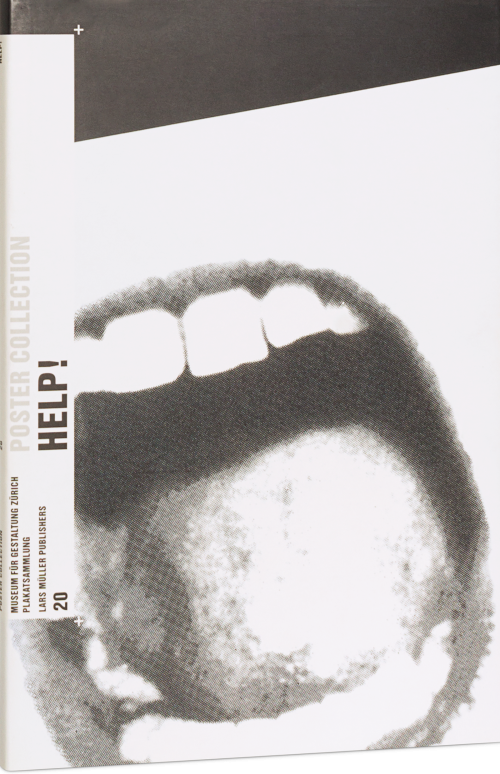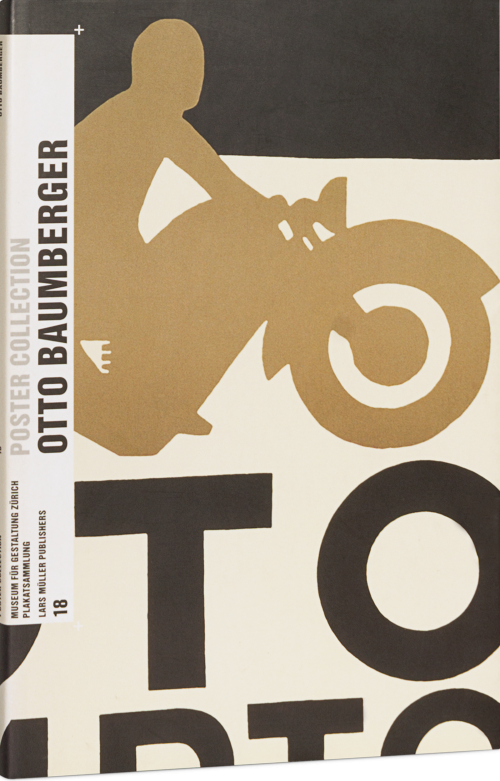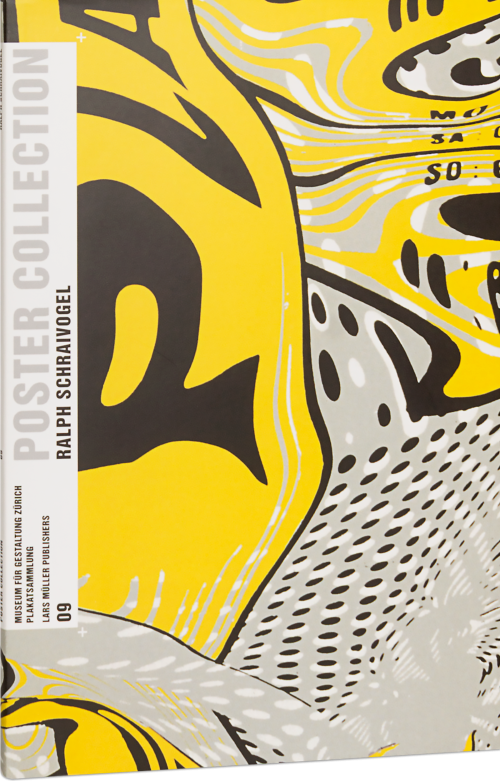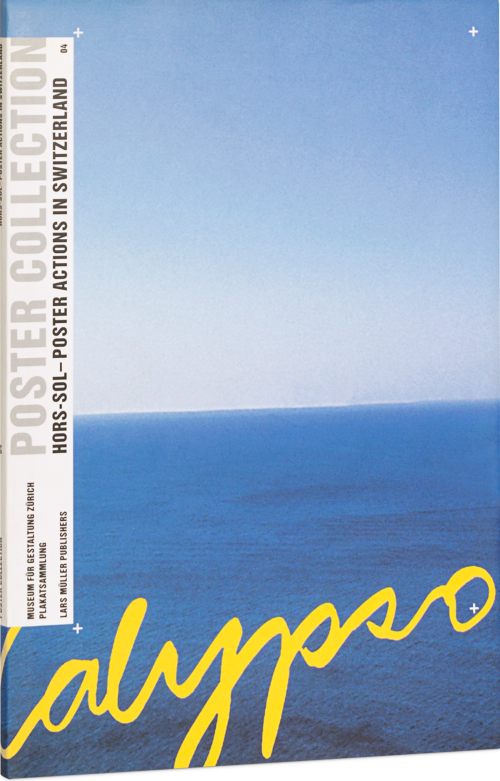
Japan – Nippon
Posters spread in Japan after World War II in parallel with the country's rapid reconstruction and economic recovery. If the first generation of poster designers was mostly guided by Western modernism, searching for a universal and functional way of communication, the generation from the 1970s onwards increasingly drew on their own pictorial tradition and maintained marked individual approaches. This was not least a reaction to the West's fascination with a poster culture with very different parameters and arguments. Until today, the Japanese poster functions most notably as a highly aesthetic image advertisement and indoor medium, presupposing the designer as an artist.
Posters spread in Japan after World War II in parallel with the country's rapid reconstruction and economic recovery. If the first generation of poster designers was mostly guided by Western modernism, searching for a universal and functional way of communication, the generation from the 1970s onwards increasingly drew on their own pictorial tradition and maintained marked individual approaches. This was not least a reaction to the West's fascination with a poster culture with very different parameters and arguments. Until today, the Japanese poster functions most notably as a highly aesthetic image advertisement and indoor medium, presupposing the designer as an artist.
This book is part of the Poster Collection series. Get the complete series here






